2024 – CHW
Camptotheca acuminata with vigorous secondary new growth.
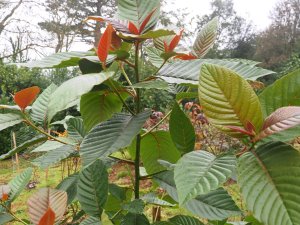
Yet another Carpinus with a name implying good autumn colour which is most disappointing (as yet) here. Carpinus caroliniana ‘Red Fall’.
2022 – CHW
Finally dry enough to burn up the huge Ilex oak branch which split out in August. The dene wood is not worth splitting for firewood as it burns so slowly.
2021 – CHW
From the Werrington archives appears a May 1885 plan of the Caerhays cellar and an inventory of what was in it then.
Before getting excited about undrunk bottles which might remain it has to be remembered that my two great aunts, who were teetotalers, had the entire contents poured away down the cellar drains (clearly marked on the plan) early on in WWII prior to the arrival of the East End evacuees to Caerhays. It is said that the fumes may have got the great aunts pissed for the first time in their lives. George Blandford remembers a horse and cart taking the empty bottles to dump them in a small quarry along the path to East Portholland.
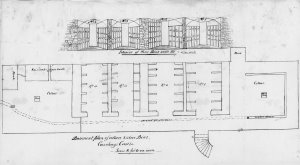
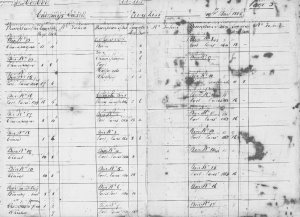
A bit of research into Vernicia fordii which Asia has grown from seed. It is not listed in Hillier’s or New Trees. V. fordii is the Tung tree from S. China, Vietnam and Burma. A small deciduous tree growing to 20ft with inflorescences of male and female flowers in terminal clusters before the leaves appear. Woody pear shaped berries containing oily seeds from which is derived Tung oil.
Marco Polo wrote in the 13th century ‘The Chinese take some lime and chopped hemp, and these they knead together with a certain wood oil; and when the three are thoroughly amalgamated they hold like any glue, and with this mixture they paint their ships’.
Vernicia fordii is now listed as an invasive species which has escaped from its native habitats and is replacing native vegetation. I really do not see that being relevant in the UK although it is listed as ‘present’ in the UK in the Invasive Species Compendium. I suspect this is a fairly tender tree which we will need to plant in a very sheltered location.This may well be spindle shank (Collybia fusipes) on a fallen oak trunk on the drive.
2019 – CHW
A couple of half days with Asia looking for rare seeding trees. The first in driving rain and the second, today, ending in thunder and a hailstorm. Nevertheless we found many things seeding for the first time as you will see here. Our prime target was rhododendron species but most were a month or so off being ripe. It made sense to list and record our targets to preserve and grow those elderly species which will die out in 10 or so years from old age. It has been a good seeding year for rhododendrons after a dry summer encouraged them to procreate.Our target list included:
Mrs Butler (griffithianum x arboreum hybrids)
weyrichii
lindleyi
nuttallii
grande
hanseanum
arizelum
niveum
kuisianum
sanguineam
pseudochrysanthum
suoilenhense
crassum
macabeanum
sinogrande
megacalyx
neriiflorum
yunnanense
decorum (pink and white)We didn’t get to look at but Asia will now have in hand to gather:
tethropeplum (Hothead)
burmanicum (Rockery)
zaleucum
schlippenbachii
fargesii
albrechtii
dichroanthum
bureavii
concatenans
stamineum
stenaulum
discolor
aberconwayi
morii
racemosum
arboreum (three colours)
delavayi
falconeri
cubitii
praestansWe drew a blank with no seed pods on the following:
thompsonii
nobleanum
mucronulatum
scabrifolium (Rockery)
fortunei
spinuliferum
vaseyi
dendrocharis (dead)
reticulatum
barbatum (old clump half dead)It will take some time to gently dry off what we gathered.Photinia beauverdiana var. notabilis with its massive clusters of now ripening orange-red fruits. A very impressive tree with weeping laden branches. This is the second year we have gathered some.
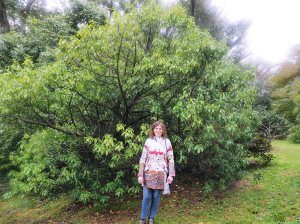
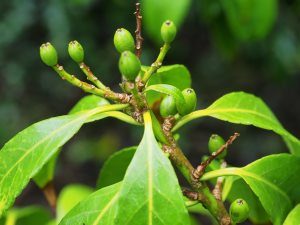
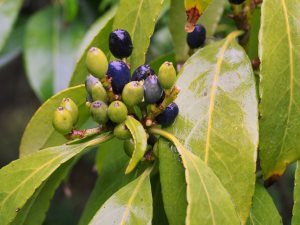
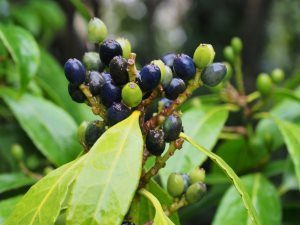
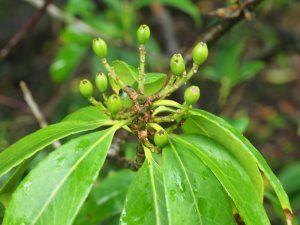
A second and rather different old white Camellia sasanqua is now just out. Different foliage, habit and flower shape.
A few other oddments on Burns Bank which I had totally forgotten.
The first rather pale single light pink Camellia sasanqua is now full out and rather fine in the sun.
2015 – CHW
Although the four new Liquidamber styraciflua varieties along Sinogrande Walk are not yet showing full colour I thought it interesting to look at them today in full sun. They are at different stages of their autumn show. All four were planted in 2008.
Liquidamber styraciflua ‘Oconee’ was bred in Oconee County, Georgia, USA. It has a dense shrubby habit and rounded ball like habit. Does best in full sun as here.
Liquidamber styraciflua ‘Red Star’ has smaller leaves but an upright habit. Sadly the camera battery died before I could do this one justice but we will try again in a week or two.
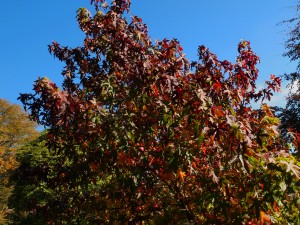
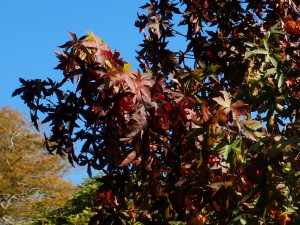
1990 – FJW
George Henry Williams arrived into the world – heavy rain in evening.
1962 – FJW
Month of dry weather – poor year for Camellia seed.
1919 – JCW
It is very dry now and so deep in the ground. The hydrangeas are the best things. R decoum is good, some flower on many rhodo’s. A very fine autumn and summer, the old men say the finest in their lives.
1917 – JCW
All things are late this year, some corn out on the Barton now. Clematis panniculata is very good, and there is one lovely maple in the Drive.
1913 – JCW
Camellia sasanqua started a week ago, R lutescens is opening. Various R auriculatums, R primulinum, bits of R racemosum etc. Berberis bealei is dying. A daff or two moving in the pans.
1907 – JCW
Several two year old white Nar King Arthur blood are up. Belladonnas not properly open.
1901 – JCW
Two seedlings through pans 308 and one through 311. Some Sternbergias are out.
1897 – JCW
I see daffs Polyanthus and Maximus above ground. C europeum very good. An odd flower of Coum, the leaves of the Crocus imperati. Sternbergia lutea at its best.
(Handwritten note attached to page, dated 21st May 1932)
I put yellow Maddeni hybrid on the whole of hard and honey yellow Roylei.
Additional note: I picked the seed in October 1934.




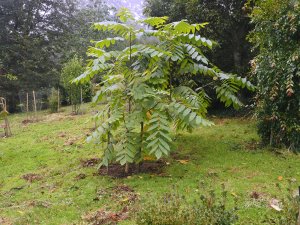
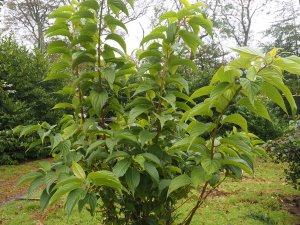
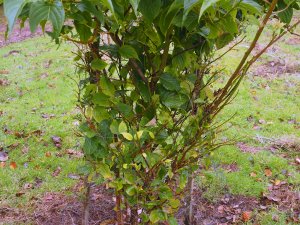
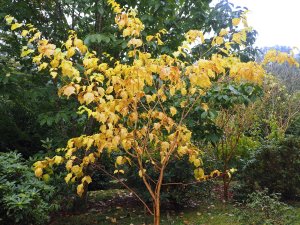
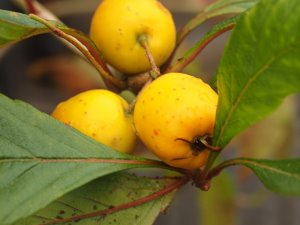
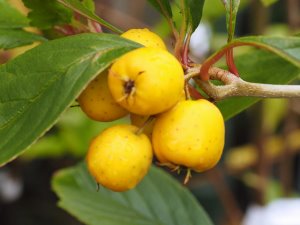
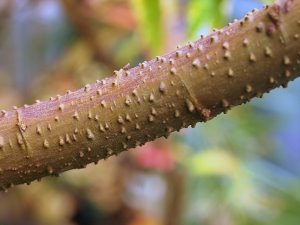
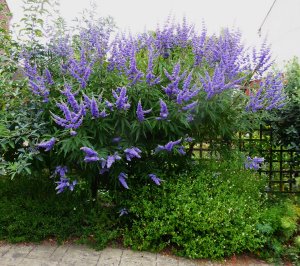
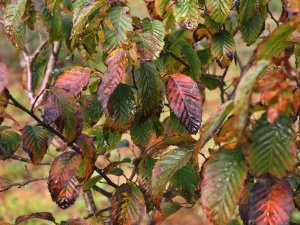
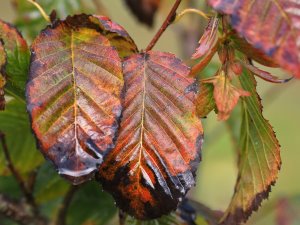
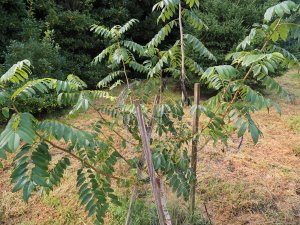
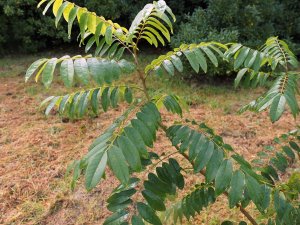
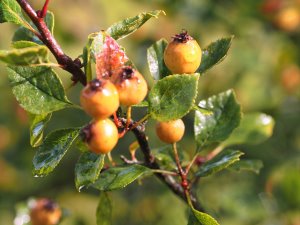
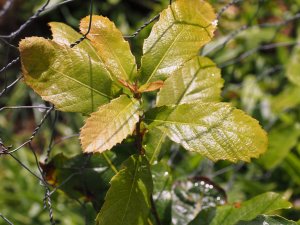
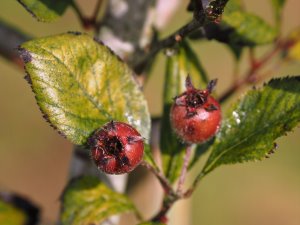
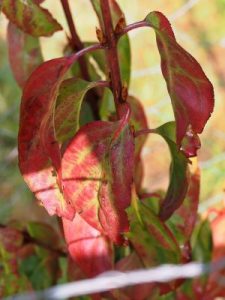
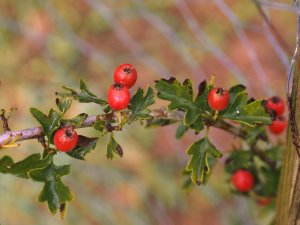
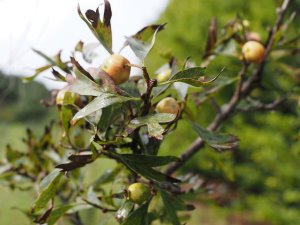
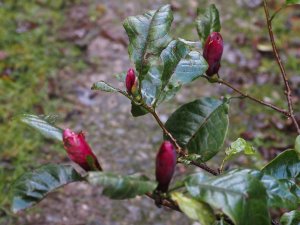
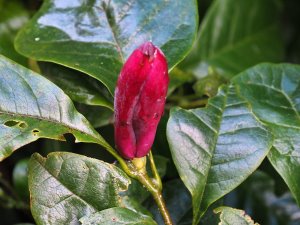
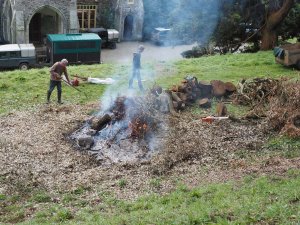
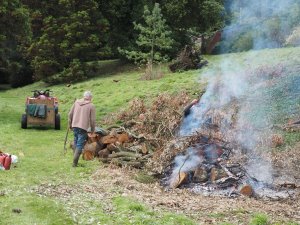
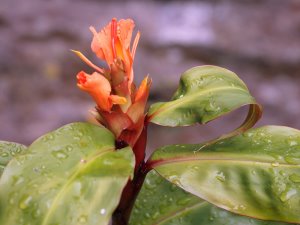
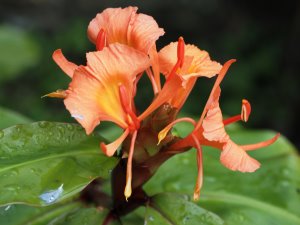
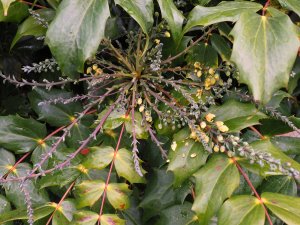
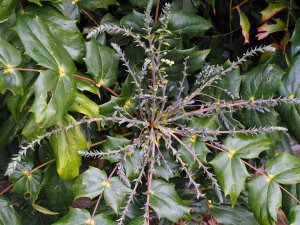
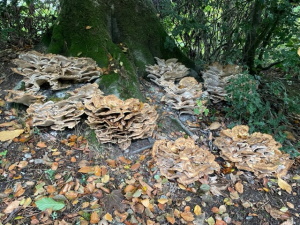
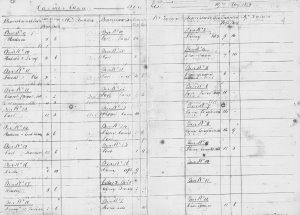
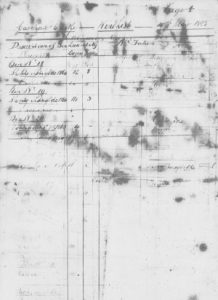
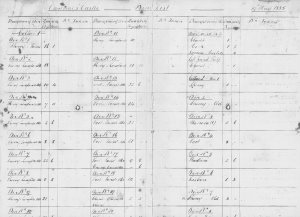
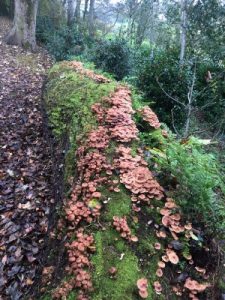
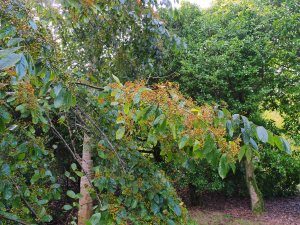
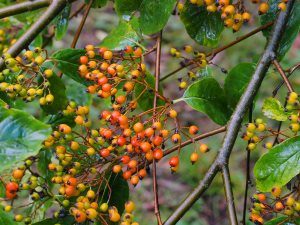
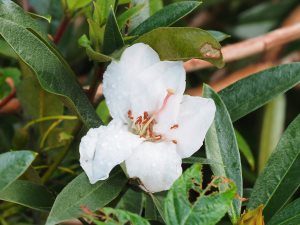
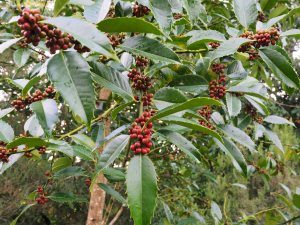
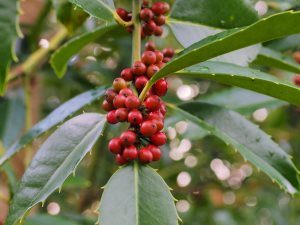
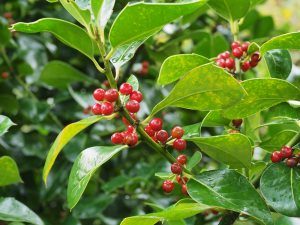
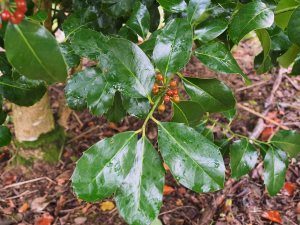
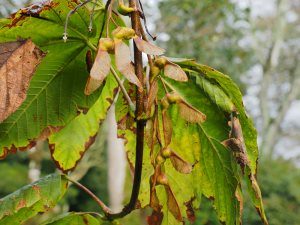
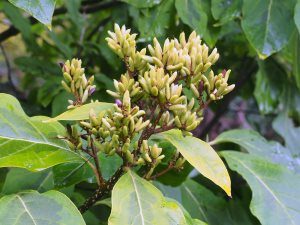
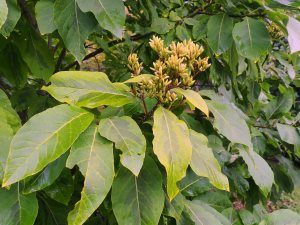
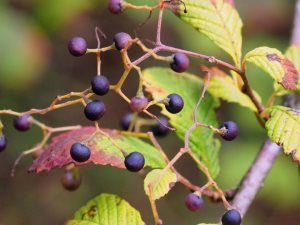
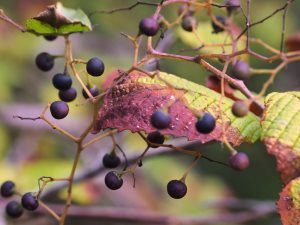
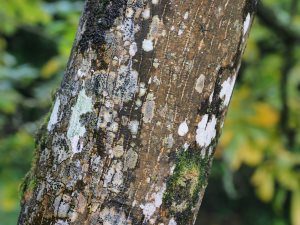
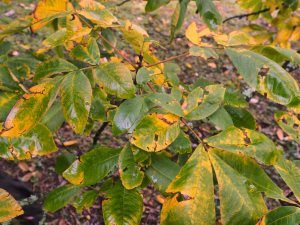
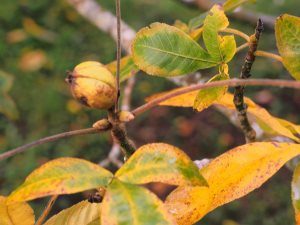
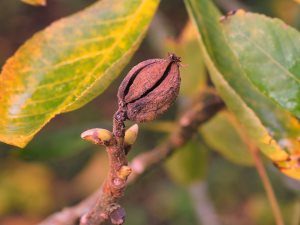
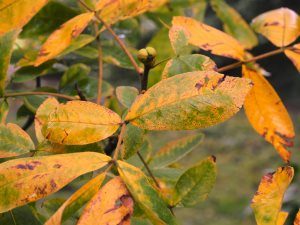
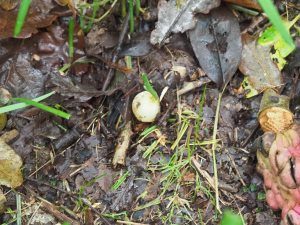
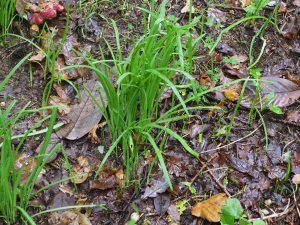
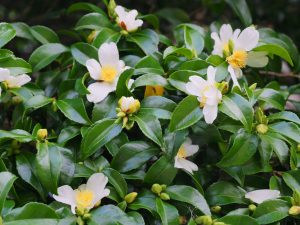
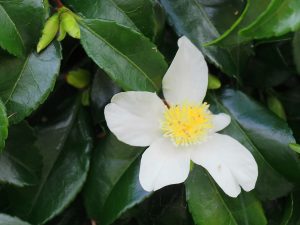
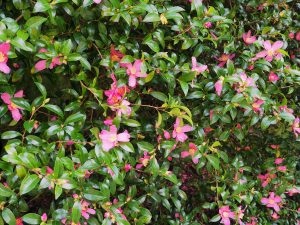
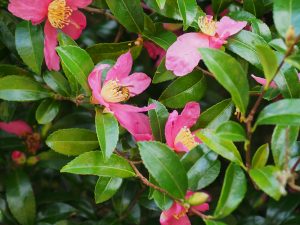
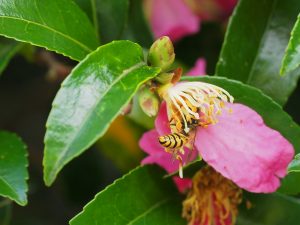
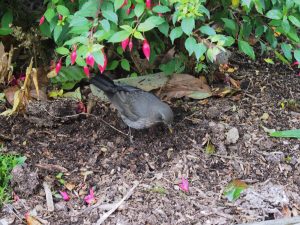
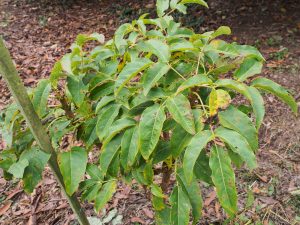
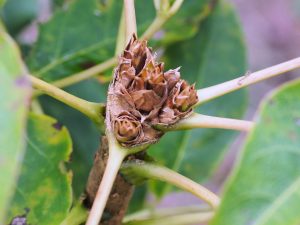
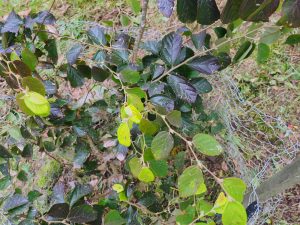
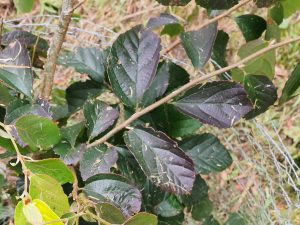
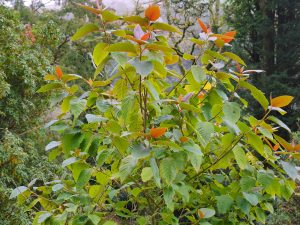
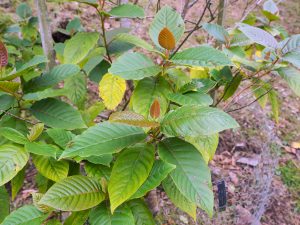
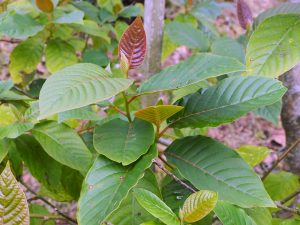
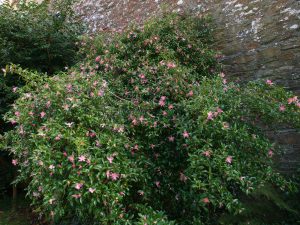
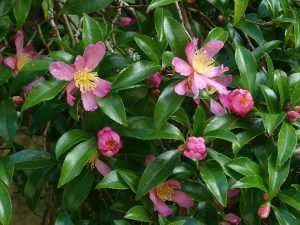
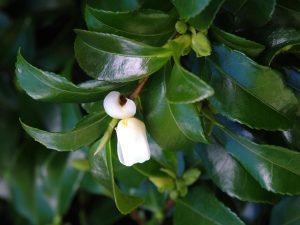
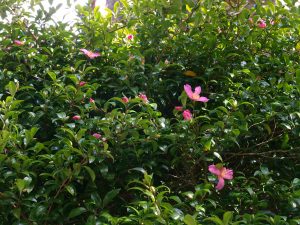
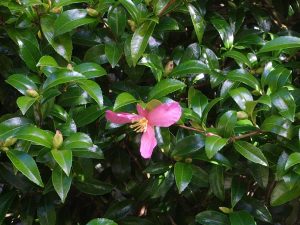
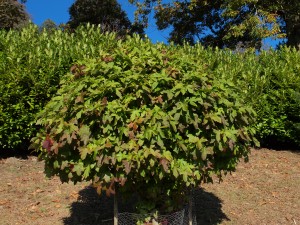
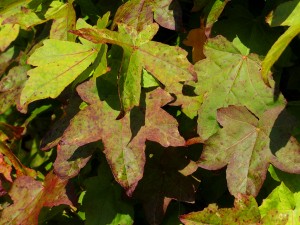
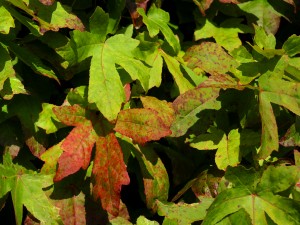
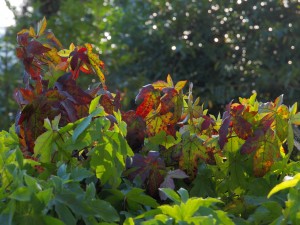
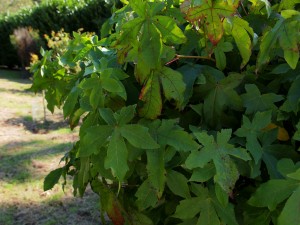
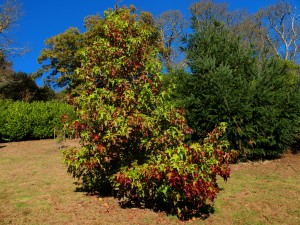
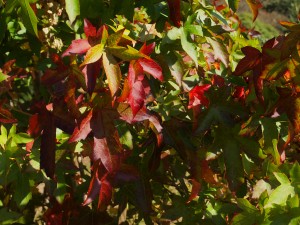
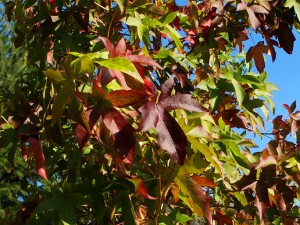
’23. 11. 30 Ternstroemia aff. luteoflora has red fruits, but it doesn’t much look lik a Ternstroemia, considering venation of leaves; it might be Illicium griffithii which can flower so late.
’23. 10. 21 Cladrastis sinensis seems correct, but is now called C. delavayi.
Some botanists want to unify Mahonia with Berberis, but i mean for horticultural purposes it would be advantageous to retain Mahonia as genus.